Why developmental biology needs natural history: the case of Hylomyrma primavesi

A View by Brendon Boudinot
Edited by Alice Laciny and Patrick Krapf

In the recent paper “Biological notes, nest architecture, and morphology of the remarkable ant Hylomyrma primavesi Ulysséa, 2021 (Hymenoptera: Formicidae: Myrmicinae)” published by Mônica A. Ulysséa, Cliver F. Farder-Gomes, and Lívia P. Prado in Myrmecological News, the authors present first biological data of H. primavesi and include descriptions of the ergatoid queen, male, larva, female reproductive tract, nest architecture, and feeding behaviour. Here, Brendon Boudinot highlights the main points of the research.
What does it mean to be a “worker” or a “queen” ant? Are workers and queens always discrete in ants, and when they are not, how do they grade? Ulysséa et al. bring to these longstanding questions new evidence in the form of well-documented nest collections of the myrmicine species Hylomyrma primavesi from Serra do Cipó National Park, Brazil. For this species, the authors recorded nest architecture and distribution as well as the morphology of often overlooked groups, namely larvae and males, thus meeting several objectives of myrmecological natural history. Moreover, the authors discover that this species completely lacks winged queens, hence only has ergatoid (wingless, workerlike) reproductive females – a first for the genus, coupled with correction of the literature – and that the dominant worker phenotype is “intercaste”, or having some very slight degree of flight sclerite development of the mesosoma.
Through histology and comparative anatomy, Ulysséa et al. recognize that only the most well-developed females of this species have spermathecae, thus are capable of mating, although these females are far from having the mobile flight sclerites of other Hylomyrma. Consequently, the majority of the worker corpus in each colony of H. primavesi comprises the intercastes, with the most “worker-like” individuals representing only a small minority of the ergonomic force. Hylomyrma primavesi, therefore, is a rare myrmicine species that has the most limited of distinction between reproductive and mating-incapable females. Further, it may represent an excellent model system for testing the predictions of the two competing paradigms of contemporary ant developmental biology, namely the “hourglass” and “standard” models of Trible & Kronauer and D. Wheeler respectively. According to the former, size predicts caste traits; to the latter, perhaps a rudimentary organ such as wing imaginal discs are regulating genital development. Future studies may tell. Without the careful life history data collection of Ulysséa et al., we would be that much further from knowing.
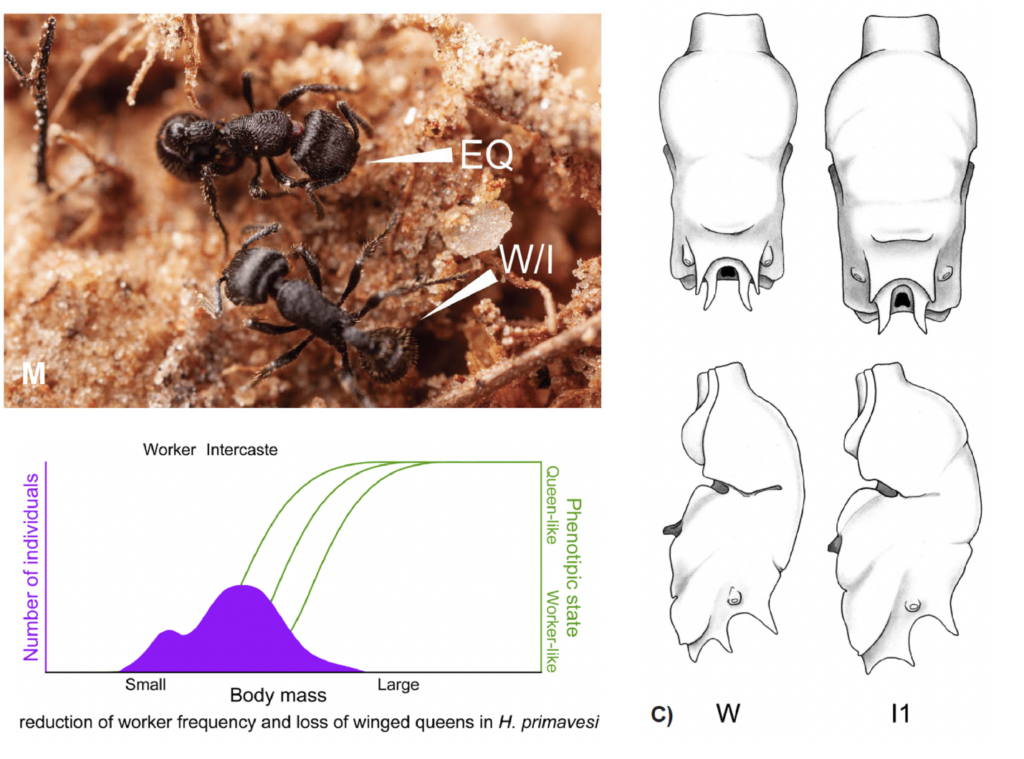
The developmental patterns of ant reproductive and social biology are far from being completely sampled. Clockwise from top left: Hylomyrma primavesi ergatoid queen (EQ) and intercaste worker (W/I) in the nest; illustrations depicting the slight mesosomal differentiation of the workers (W) from the ergatoid queen (I1); and representation of the theoretical body mass by queen trait plot, in this species, which displays a continuum from non-reproductive “worker-like” individuals to scarcely differentiated “queen-like” females.
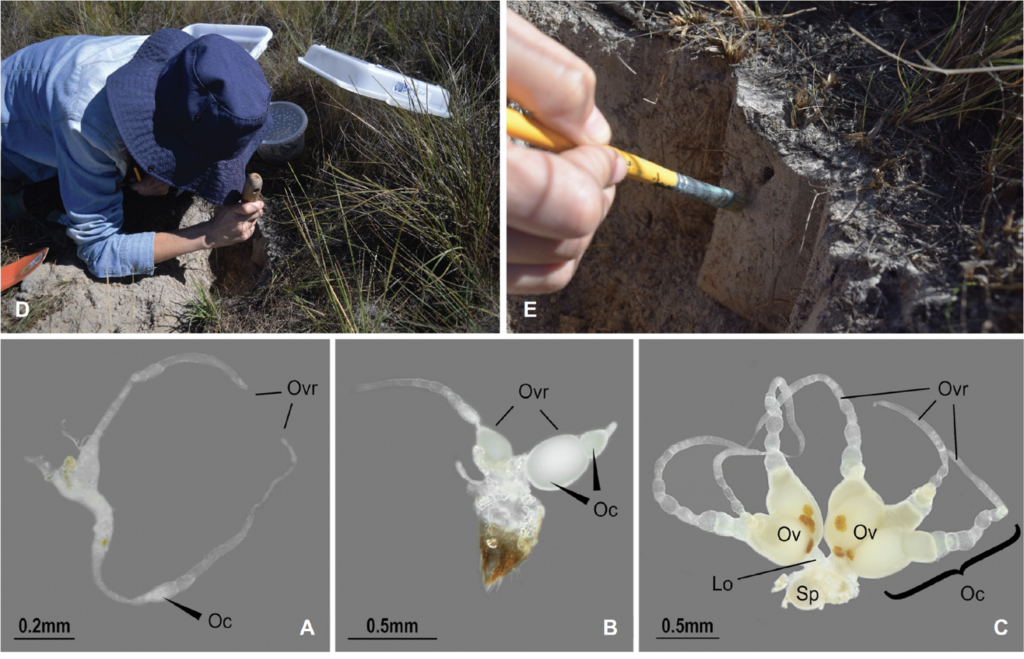
To understand the evolution of ant reproductive and social biology, dedicated natural history studies will remain a necessity. Above, the nest architecture of Hylomyrma primavesi is carefully excavated, and below the variable development of the reproductive system is demonstrated through manual dissection.


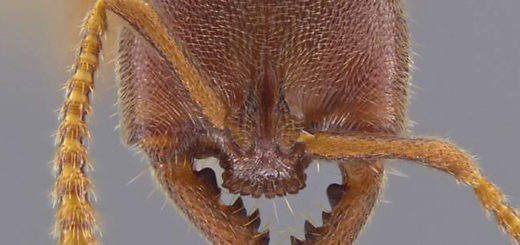
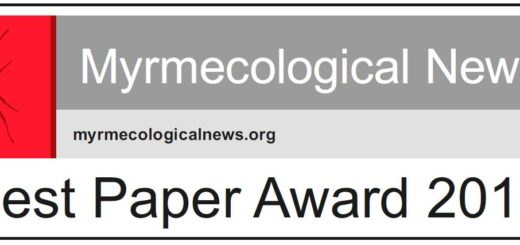
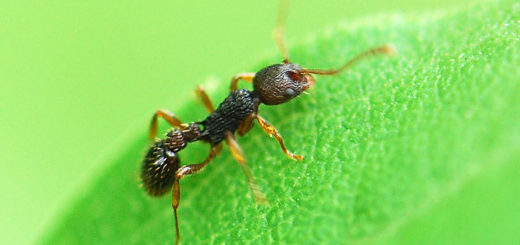
Recent Comments